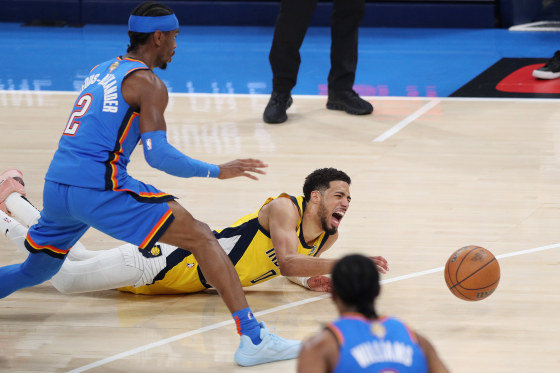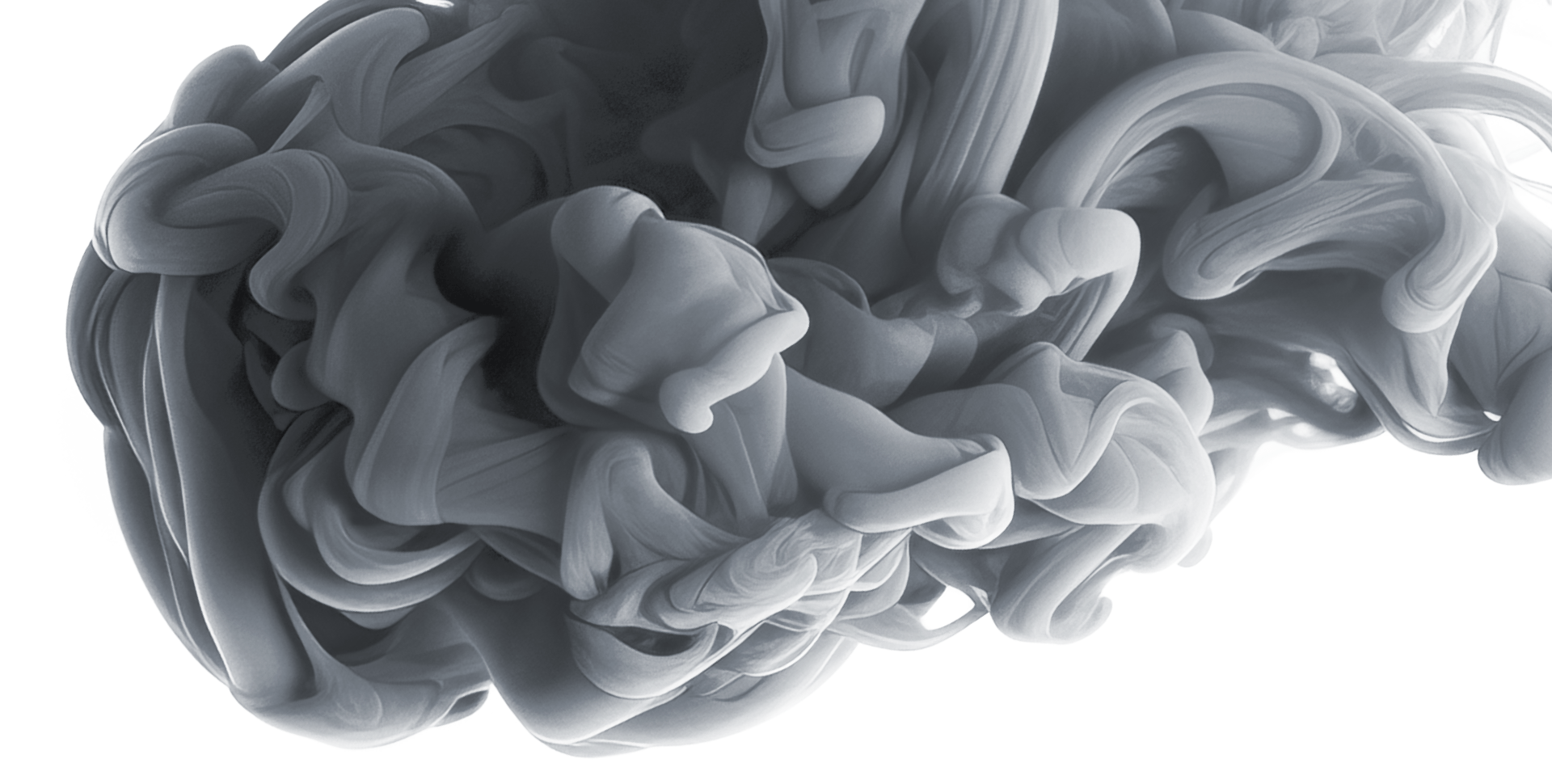
Haliburton Injury: How the Devastating Game 7 Achilles Tear is Shaping the Future of NBA Superstars and AI-Driven Sports
Estimated Reading Time: 34 minutes
Key Takeaways
- Tyrese Haliburton’s injury has significant implications for the Pacers and the NBA.
- The role of AI in predicting and managing player injuries is increasing.
- Recovery from an Achilles tear is complex, involving both physical and psychological challenges.
- The NBA may need to adjust its pace and player management to reduce injuries.
Table of Contents
- Haliburton’s Game 7 Collapse: Anatomy of a High-Stakes Injury
- What Makes the Haliburton Injury So Devastating?
- AI, Injuries, and the Modern NBA: Where Hoops Meets the Algorithm
- Haliburton Injury Off-Court Impact: Money, Morale, and NBA Futures
- Achilles Tears Explained: The Science of Devastation
- Where Do the Pacers Go From Here? The Offseason of Uncertainty
- The Superstar Injury Dilemma: Is the NBA’s Pace Unsustainable?
- What Happens Next? The Haliburton Injury as Fork in the Road
- The Human Story at the Intersection of Man and Machine
Haliburton’s Game 7 Collapse: Anatomy of a High-Stakes Injury
On every metric, June 22nd, 2025 was supposed to be Tyrese Haliburton’s coronation. Coming off a monster playoff run, the 25-year-old guard had become the Pacers’ engine, their architect, and — according to one coach — the player “who made their entire playing style possible” [CBS Sports].
But in the first quarter, cameras caught Haliburton landing awkwardly after a fast break. Seconds later, his right leg buckled. The arena went silent as coaches and trainers rushed onto the court. Replay showed Haliburton face down, pounding the floor in anguish, signaling instantly that this was no ordinary sprain [NBA.com]. On the broadcast, analysts struggled for words. Social media detonated — Haliburton’s injury was already the number one trending topic before the quarter ended.
The scene only got more surreal: according to ESPN’s Adrian Wojnarowski, Haliburton was helped off the court and left the arena in a wheelchair. Fans caught him on video at the airport later that night, his season — and the Pacers’ championship dreams — clearly over.
Did the Signs Start Earlier? Playing through Pain Before Disaster
While the public shock was immediate, insiders noted that Haliburton had been nursing a right calf strain suffered in Game 5, playing through visible discomfort to keep the Pacers’ title hopes alive [AP News]. This kind of “hero ball” is legendary during Finals runs — but it’s also where careers tilt on a knife-edge between greatness and catastrophe. MRI results the next morning confirmed what every fan feared: a full Achilles tendon tear [SI.com].
What Makes the Haliburton Injury So Devastating?
Some injuries are just bad luck. Achilles tendon ruptures are their own kind of nightmare — rare but especially cruel for players defined by movement, agility, and explosive play.
- Severity: Achilles tears are among the most difficult injuries for any pro athlete. The tendon, thick and powerful, is the literal lifeline between leg and foot for every jump, cut, and sprint.
- Timeframe: The most optimistic recovery is 9-12 months. But for a lead guard who depends on first-step quickness, the edge may never fully return. Haliburton will “likely miss most, if not all, of the 2025-26 season” [CBS Sports Injury Update].
- Psychological toll: Players who endure this injury commonly report frustration, depression, and a forced reckoning with their own basketball mortality.
Most NBA fans still remember Kevin Durant’s Achilles rupture in 2019 or Klay Thompson’s in 2020, both of whom spent more than a year out — and even then, returned to play with new constraints and constant scrutiny from data analysts and fans alike.
What makes the Haliburton injury even harder to stomach is timing. Game 7. The franchise’s best hope in decades. And, crucially, a league in the midst of radical transformation, thanks to the growing influence of real-time AI-driven player monitoring.
AI, Injuries, and the Modern NBA: Where Hoops Meets the Algorithm
The story of Haliburton’s injury isn’t just a tragedy for Indiana fans — it’s a test case for how technology is reshaping athlete health, frontline decisions, and even the way teams build their futures.
Data in Real Time: Could AI Have Predicted the Breakdown?
Modern NBA teams deploy everything from wearables to advanced biomechanical modeling, attempting to predict — and prevent — catastrophic injuries. These systems track:
- Minute-by-minute load management: How hard and how often a player runs, jumps, and pivots.
- Fatigue indices: Using heart rate, sweat composition, and even voice stress to gauge emotional and physical wear.
- Movement asymmetry: Subtle changes (like limping or favoring one side, as Haliburton reportedly did after Game 5) that often precede muscle or tendon failure.
AI platforms ingest this data to flag “injury risk events” and can suggest when to rest a player, alter their minutes, or even intervene medically. Many fans are now asking: Should Pacers’ staff have benched Haliburton earlier, despite the stakes? Were warning signs missed or ignored in pursuit of a storybook ending? These aren’t just rhetorical questions — they’re shaping front office strategies league-wide.
The Human Element: Why Tech Alone Can’t Replace Gut Instinct
Even as AI becomes omnipresent, there’s pushback. As one former trainer argued, no algorithm can fully account for a superstar’s drive or the psychological momentum of a Finals series. Haliburton’s own insistence on playing through pain was heroic — but also a real-world example of where machine-recommended caution and human willpower still collide.
Yet moving forward, the Pacers (and every contender) will face even stronger pressure to let AI-led risk models guide their decisions. When the next all-star tweaks an ankle, the “Haliburton Protocol” could force benches — whether a player likes it or not.
Haliburton Injury Off-Court Impact: Money, Morale, and NBA Futures
For the Indiana Pacers
Haliburton wasn’t just an all-star; he was the system. No other player created as many points per touch, and Indiana’s notoriously fast-paced offense revolved around his vision. Without him:
- The Pacers’ 2026 title odds have plummeted, according to early Vegas lines.
- Ticket sales and local TV viewership are likely to take a hit; fans respond to both star power and the hope of deep playoffs.
- Management faces harsh decisions: stand pat and hope for a miracle recovery, or re-tool the roster for a two-year rebuild.
For the NBA at Large
The league is never bigger than its stars — but this blow lands especially hard at a time when several superstars are aging out, and TV-rights negotiations hinge on high-drama Finals showdowns. Haliburton’s on-court style made Indiana watchable for neutrals and essential for advertisers. A year without him leaves a vacuum not easily filled in highlight reels — or in the cold calculus of broadcast contracts.
For the Culture: Athlete Health in the Age of Social and AI
In an era where every injury is dissected in real time (and rewatched endlessly thanks to viral “haliburton injury video” searches), the conversation isn’t just about games lost. It’s about how teams balance short-term glory with long-term health — and how public opinion, informed by both experts and noisy fans on platforms like Reddit or YouTube, now shapes the narrative.
Achilles Tears Explained: The Science of Devastation
Let’s get technical for a moment.
The Achilles is the thickest tendon in the body, connecting calf muscles to the heel bone and absorbing up to 12.5 times a person’s body weight in every explosive jump. Its rupture is unmistakable — a popping sound, followed by immediate loss of function [Doctor Explains, YouTube].
Recovery in 2025:
- Surgical repair remains standard.
- “Return to play” now uses AI to assess real-time muscle force data, symmetry, and stress points during rehab.
- However, complete return to pre-injury explosiveness remains elusive for most athletes. (See: post-injury trajectories of Durant, Thompson, and DeMarcus Cousins.)
Mental barriers: Some of the biggest hurdles are psychological. Studies show a spike in anxiety, hesitancy, and loss of confidence for athletes after these injuries — something sports psychologists, often aided by AI-driven performance feedback, now treat as aggressively as the physical damage.
Is science bridging the gap yet? Not fully. While tech can now monitor and even predict certain breakdowns, human tissue still heals according to biology’s clock — not just the algorithm’s.
Where Do the Pacers Go From Here? The Offseason of Uncertainty
GM Chad Buchanan faces a brutal catch-22: commit to the Haliburton core and wait out a lost year, or flip assets for short-term insurance and risk fracturing the team identity. The team’s dependence on their star’s unique skillset means “plug and play” simply won’t work.
Expect a summer of speculation:
- Trades for a stopgap guard? Unlikely — no one replicates Haliburton’s blend of playmaking and spacing.
- Betting on a speedy return? Risky — Achilles recoveries are fraught with setbacks.
- Or double down on youth development and ride out the storm? That path requires patience from both franchise and fanbase.
The Superstar Injury Dilemma: Is the NBA’s Pace Unsustainable?
Haliburton’s breakdown isn’t an isolated incident. Across the 2020s, injuries to high-usage stars have spiked — a byproduct of faster paces, more games, and the relentless pressure of “load management” debates. All while teams, armed with more data than ever, still find themselves caught off guard.
Is the modern NBA simply too fast, too physical, and too driven by algorithmic optimization? Or are we witnessing the lag between technological promises and the complex, messy realities of human bodies and ambition?
What Happens Next? The Haliburton Injury as Fork in the Road
By the time Haliburton walks (or limps) back onto the court, the league might look very different. Some scenarios to watch:
- More teams leaning into algorithmic minute restrictions — and more players quietly chafing against them.
- A renewed focus on drafting and developing “ironman” prospects less prone to breakdown.
- Smarter fan bases, using real-time injury data to debate coaching decisions with unprecedented fervor.
- AI itself facing a reckoning: Can it learn enough about biomechanics and psychology to genuinely prevent — not just predict — the next Haliburton moment?
The Human Story at the Intersection of Man and Machine
Haliburton’s injury is a gut-punch. Not just for the Pacers, but for a league — and a society — wrestling with the new fault lines between human will and machine wisdom. As AI’s role in sports surges, the questions raised by moments like these are only growing sharper.
- What risks are we willing to let our stars take, even when the data says no?
- How will clubs, fans, and AI-driven analytics define “heroism” in the next great era of sports?
Haliburton’s agony, immortalized in replays and viral search spikes, isn’t just a cautionary tale — it’s a call to imagine a better balance, where technology and humanity work together to prevent the next superstar tragedy.

